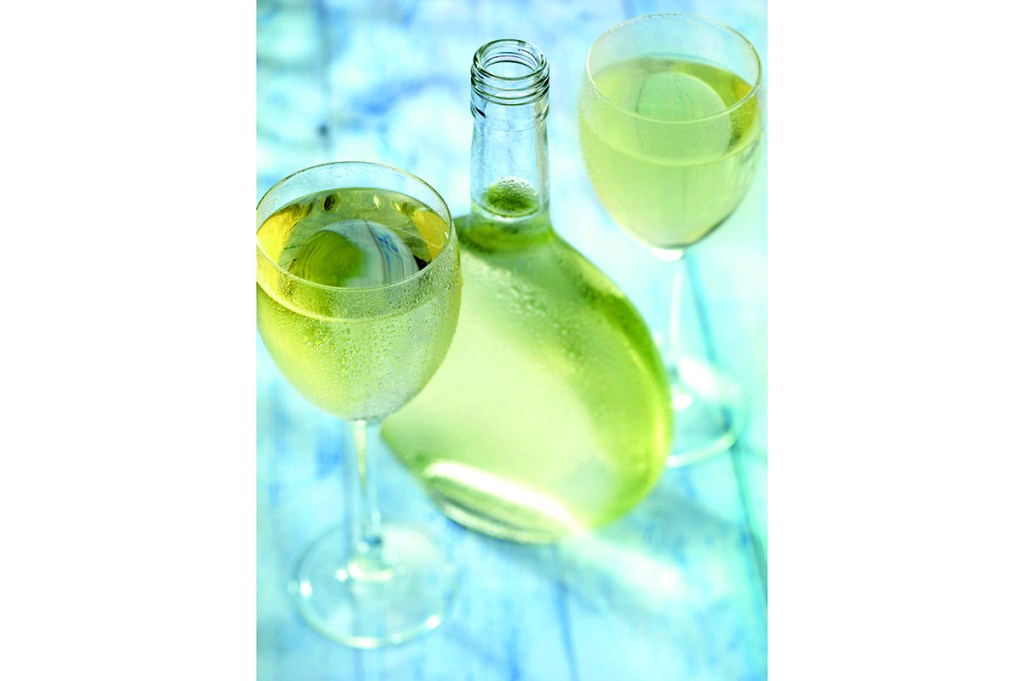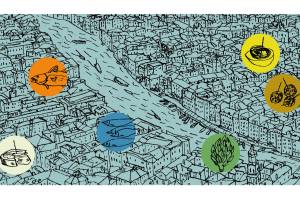If I am going to talk about summer wines, I am going to have to introduce you to Gaius Plinius Secundus, known to us as Pliny the Elder.
Pliny was a busy chap. Army commander and admiral in the Roman navy. Gourmand. Pal of the emperor Vespasian. Pliny did not have writer’s block. He published the first 10 books of his sprawling Historia Naturalis in 77 AD. Despite its title, the book is about a lot more than natural history. Really, it is a sort of proto-encyclopedia. Pliny hadn’t finished revising the rest when he went to investigate the strange things that were happening down at Mount Vesuvius in 79. He died in the conflagration.
The chap we know as Pliny the Younger — the elder Pliny’s nephew and heir — was with him. Seventeen at the time, he escaped and saw that the remaining 27 books of his uncle’s great work were duly published. Daisy Dunn recently wrote a splendid account of the Elder Pliny in The Shadow of Vesuvius: A Life of Pliny. I recommend it. Among other things, she reminds us that Pliny owned extensive vineyards in Tuscany. He even deployed a version of the phrase we all know: in vino veritas.
But Pliny, like his contemporary Seneca, also paid attention to the cultivation of grapes elsewhere. They were among the earliest writers to comment on my chief subject today, the wines of what is now northwestern Portugal. We call it Vinho Verde, which literally means ‘green wine’, but it really means a light, slightly effervescent wine that is low in alcohol (10-11 percent) and the color of straw.
Well, that is part of the story. Vinho Verde is not a wine or a grape but a large wine growing region — nearly the size of Napa — that produces a wide variety of wines: red, rosé, as well as white. But the ones that count for me are the best-known wines from the region, the ones I was introduced to more than 20 years ago while sailing with William F. Buckley Jr on Long Island Sound.
Bill loved those wines in the summer, partly because of the their crisp, green-apple tartness, partly because their low alcohol content (you could drink a lot and still tie a bowline one-handed), partly because it drank well by itself and also paired well with food, but mostly because it was cheap. Back then you could get a goodish bottle for $8-$10. (Bill’s house rule for his cook, who also bought the wine, was ‘no more than $10 a bottle’. The rule was occasionally broken.)
Not everyone likes the slight (and sometimes not so slight) effervescence that is typical in Vinho Verde. In most wines, it is a fault. Originally, it was a natural by-product of the malolactic fermentation that took place in the bottle. Winemakers bottled the wine in opaque bottle to obscure the turbidity. But eventually the spritz became a selling point and these days it is generally introduced deliberately by adding a bit of carbonation in the brief winemaking process.
As for particulars, there are a bunch of nice ones to choose from. I have liked the Praia Vinho Verde, about $12 a bottle and widely available. It is a little more complex and rounded than many white wines from the region, but it also has that characteristic summer-in-a-bottle jauntiness. Grab a case before setting out on your next boat trip or barbecue.
I issued a sort of promissory note last month when I wrote about the stupendous 2016 Proprietary Red, a Cabernet blend from the great Napa winery of Pahlmeyer. I noted that the vineyard also made a Merlot and a Chardonnay. I had occasion to sample the 2017 Merlot and 2019 Chardonnay recently and can tell you that both are worthy companions to the superlative Proprietary Red. The Merlot is not as deep, lingering or sumptuous as the Cab, but it is a noble and complex wine, worth every penny of the $85- $90 you will have to pony up.
The Chardonnay is even better. If California Chardonnay’s have a besetting fault it is a cloying oaky blowziness. The Pahlmeyer 2017 Chardonnay managed to be deep, succulent and utterly delectable without trespassing upon vulgarity. I see it around for about $75-$80 but, like all Pahlmeyer wines, it comes from a very limited production. By all means, stock up on Vinho Verde when you are just getting introduced. But open a bottle of Pahlmeyer Chardonnay when you prepare a Dover sole for that special night together.
This article was originally published in The Spectator’s July 2021 World edition.


















